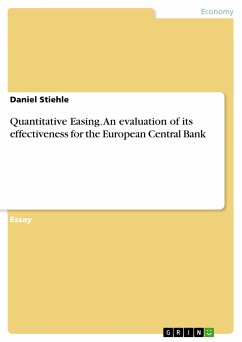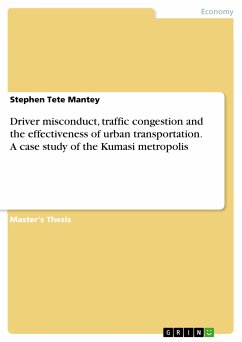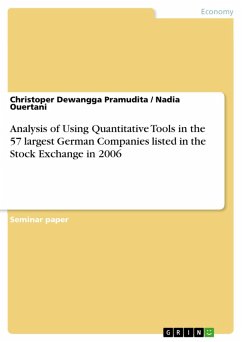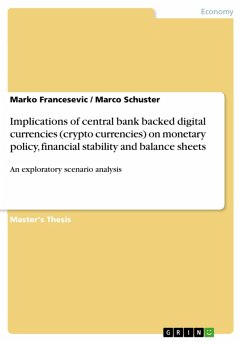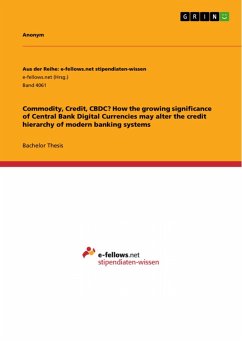Essay from the year 2016 in the subject Economics - Macro-economics, general, grade: 78%, University of Warwick, language: English, abstract: This Essay addresses Quantitative Easing and gives an evaluation of its effectiveness and whether or not it was necessary for the European Central Bank to launch its QE program announced in January 2015. In response to the Financial Crisis of 2008, Central Bankers sought to respond with aggressive monetary policy in order to prevent deflation and stimulate aggregate demand. However, since nominal interest rates were already historically low, following the era of 'Great Moderation', there was an increased likelihood of nominal interest rate policy being constrained by the Zero Lower Bound. Indeed, by early 2009, 4 major global Central Banks, namely the Federal Reserve (Fed), the Bank of England (BoE), the Bank of Japan (BoJ) and the European Central Bank (ECB) had lowered policy rates to their respective lower bounds. Taylor rule predictions advocated lower policy rates than those achieved by Central Banks at the effective Zero Lower Bound, motivating unconventional policy approaches, depending on individual Central Bank objectives. The ECB implemented QE policy more hesitantly, increasing the size of bank balance sheets by 50% immediately following the collapse of Lehman Brothers, in contrast to the US and UK, whose bank sheets tripled in size. Due to the bank-centric nature of Eurozone economies, firms tend to fund investment through bank borrowing as opposed to money-markets. Hence the ECB adopted an approach of increasing the elasticity of supply of loans by accepting a wide range of assets as collateral and offering unlimited funds at a fixed rate. This served to increase the size of banks' balance sheets, although bond purchases were subsequently carried out under the framework of the Covered Bond and Securities Markets Programme. The stated aim of QE was to suppress deflationary threats and encourage investment and consumption, although many question the purchase of bonds of heavily indebted states amidst the Sovereign Debt Crisis of 2010, which some suggest allows for the delay in structural, economic reform.
Dieser Download kann aus rechtlichen Gründen nur mit Rechnungsadresse in A, B, BG, CY, CZ, D, DK, EW, E, FIN, F, GR, HR, H, IRL, I, LT, L, LR, M, NL, PL, P, R, S, SLO, SK ausgeliefert werden.

